Video: Eight unusual Edinburgh monuments you may have missed
and live on Freeview channel 276
But the city is also hiding many unusual memorials, sculptures and monuments that even locals might never have spotted.
The Witches’ Well
On the side of a Castlehill building (now the Tartan Weaving Mill) is a small cast iron plaque and drinking fountain, marking the spot where hundreds of women were burnt at the stake as witches.
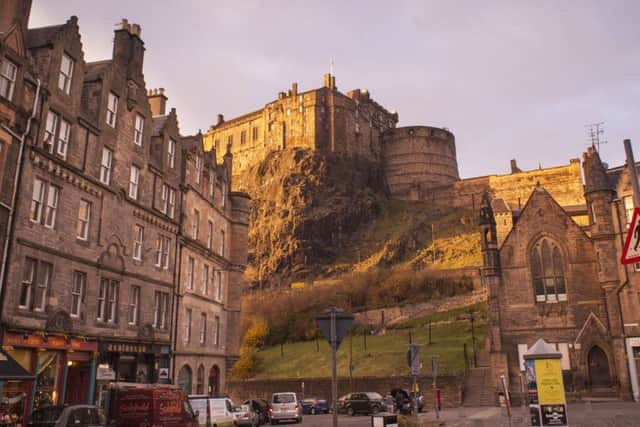

Advertisement
Hide AdAdvertisement
Hide AdThe memorial was commissioned by philanthropist Patrick Geddes in 1894, and was designed by popular artist, John Duncan.
The design features symbolic depictions of both good and evil, such as a foxglove, serpent and the Greek goddesses of medicine and health.
Bum the Dog
Just inside the King’s Stables Road entrance to Princes Street Gardens sits a statue of a stray dog called Bum. Bum is San Diego’s answer to Greyfriars Bobby, and (as the two cities are twinned) a replica statue of the famous dog was gifted to the people of Edinburgh in 2008.
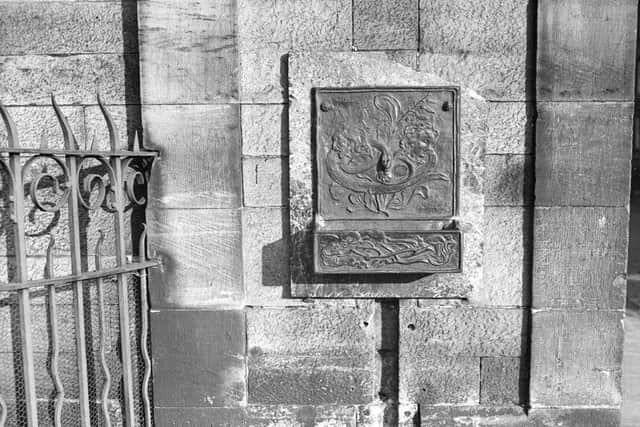

Edinburgh repaid the favour, and an identical copy of the iconic Greyfriars Bobby statue can be found at 410 Island Avenue, San Diego.
Site of the last public execution
Advertisement
Hide AdAdvertisement
Hide AdA small plaque on the corner of George IV Bridge and the Lawnmarket marks the spot of the last public execution in Edinburgh.
The gallows here became a popular place for crowds to gather and watch as criminals met their fate.
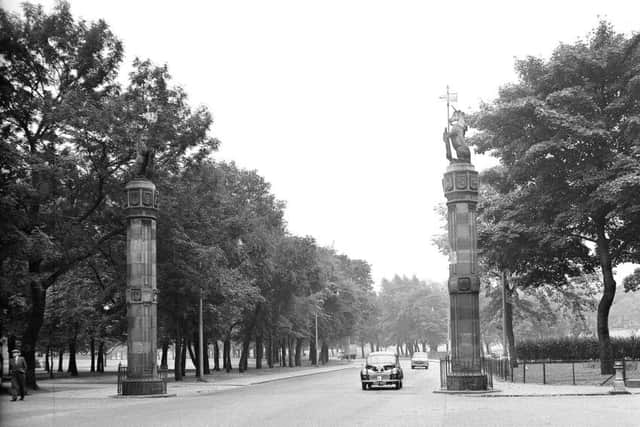

George Bryce (also known as the Ratho Murderer) was the last person to be publicly hanged here in 1864.
The last hanging in Edinburgh happened almost a century later, in 1954 at Saughton Prison.
Catherine Sinclair Monument
Advertisement
Hide AdAdvertisement
Hide AdEdinburgh notoriously has very few statues of women, but Catherine Sinclair is one who has been memorialised in the capital.
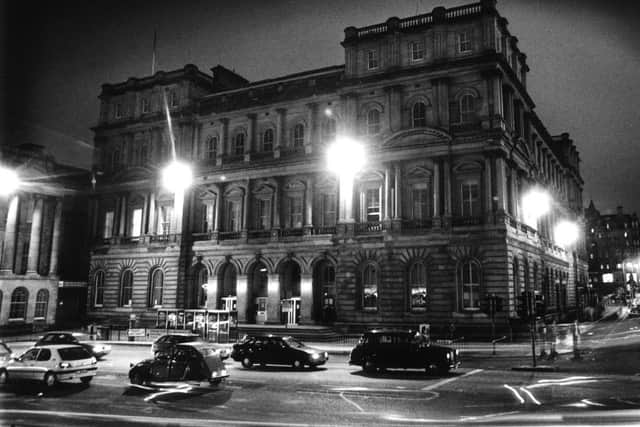

Sinclair was a novelist, children’s writer and philanthropist, and she is also credited with discovering that the anonymous Waverley Novels were written by Sir Walter Scott.
She contributed a significant amount to the funds for the construction of the Scott Monument, so her own memorial on North Charlotte Street was modelled loosely on its shape.
Masons’ Pillars
At the entrance to the Meadows (where Brougham Place meets Melville Drive) stands a set of two octagonal pillars, topped with ornamental unicorn sculptures.
Advertisement
Hide AdAdvertisement
Hide AdIn 1886, an enormous pavilion was built on the Meadows to showcase the latest in science, technology and art for the Edinburgh International Exhibition, and these pillars are one of the few lasting reminders of this historic event.
They were built by the Master Builders and Operative Masons of Edinburgh and Leith, who used stone from 17 different quarries across Scotland.
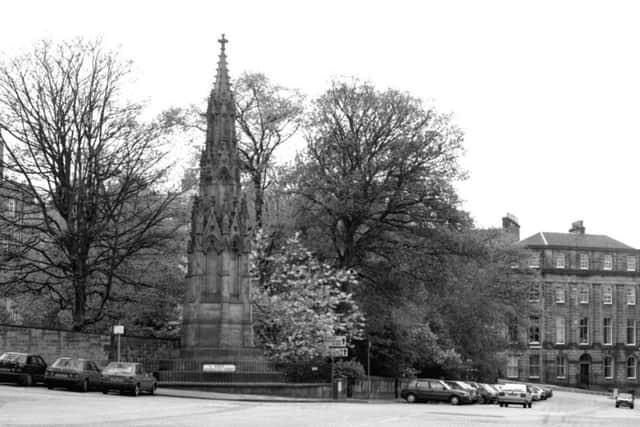

Scottish-American Soldiers Monument
The Scottish-American Soldiers Monument is the only memorial to the American Civil War outside the United States, and it was also the first statue of a US president to be erected in another country.
The memorial features a statue of Abraham Lincoln, with a freed slave giving thanks, and was unveiled in Old Calton Burial Ground on 21 August 1893.
Advertisement
Hide AdAdvertisement
Hide AdThe monument commemorates six Scottish men who fought for the Union side during the Civil War.
Edinburgh Distance Marker
Outside Waverley Gate (at the east end of Princes Street) is a small bollard which marks the very centre of Edinburgh.
The building used to be Edinburgh’s main postal hub, the Edinburgh General Post Office, and the bollard was used as a marker for all distances to and from Edinburgh.
All street numbers in the city start at the end of the street which is nearest to the bollard.
The Covenanters’ Memorial
Advertisement
Hide AdAdvertisement
Hide AdA stone memorial in the Grassmarket was erected in 1937 to remember the Covenanters – a group of Scottish Presbyterians who opposed the monarchy’s religious reforms in the 17th century.
During the ‘Killing Time’, around 100 Covenanters were executed at the gallows in the Grassmarket, close to the spot where the memorial now stands.
The Covenanters’ Memorial used to be surrounded by a stone wall and metal railings, but in recent years these were removed to open up the area.